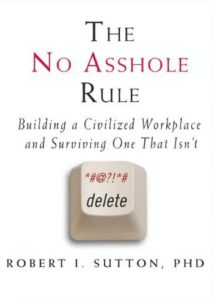The Hillary Step is the last major challenge to reaching the top of Mount Everest (via the South East route). In our work, the Hillary Step is analogous to the challenge leaders face on their way to Jim Collins’ Level 5 Leadership where the leader “build[s] enduring greatness through a paradoxical blend of personal humility and professional will.”
Time and again, we have watched very successful business owners and leaders stumble on the Hillary Step of Leadership. They cannot get past the need to let others know, subtly or not so subtly, what they think should happen or “how things are.” At worst, they need to be the “smartest guy in the room” and position themselves to get all the limelight. At best, they intermittently criticize and leave a trail of frustration (by focusing more on people’s shortcomings than on how other factors, including their own blind-spots, might contribute to poor results).
In general terms, these leaders view their role as being the key contributor and director instead of as being the catalyst for the growth of and inspirer of others. They stand in contrast to the leader who exercises an iron will at moving in the right direction with an equal intensity for putting others in a position to succeed–complete with the credit for success.
Those who push pass the “Hillary Step,” without much additional effort, ascend to the top of the leadership mountain. In the process they not only achieve great success for their organization, they setup their successors for even greater success.
Thanks for reading. If you’re interested in learning more about how to pass the Hillary Step, give us a call. We think you’ll be glad you did.



